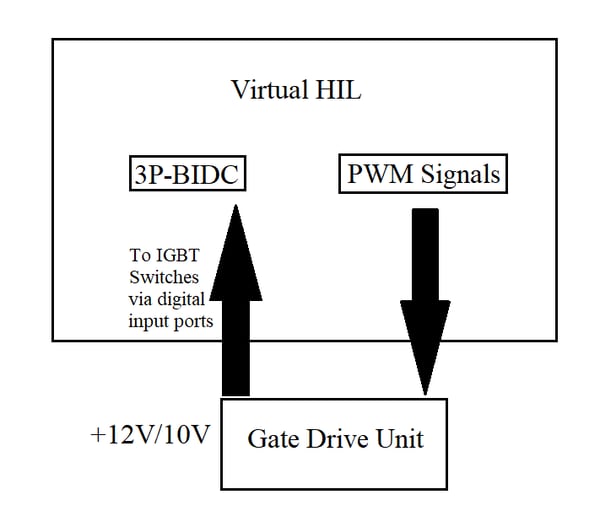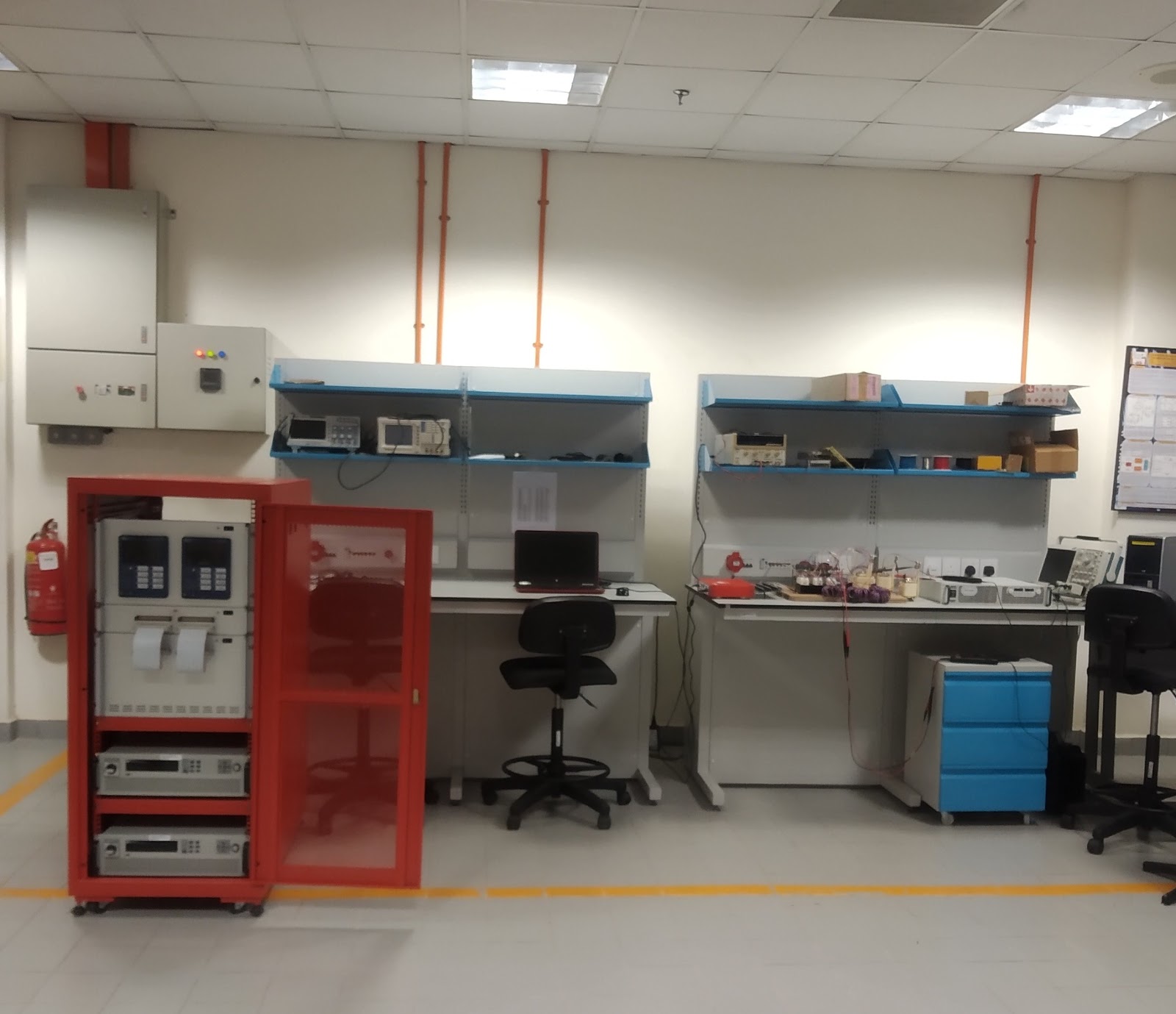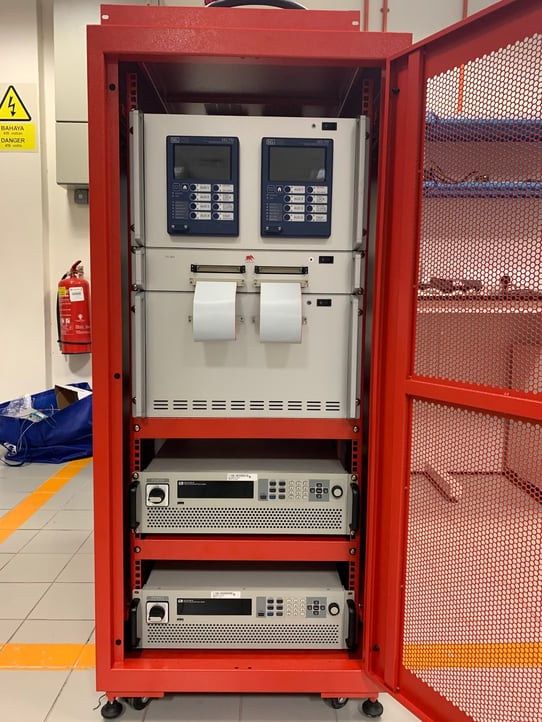"One of the advantages of HIL is that it is capable of real-time simulation. This will give us confidence in our model or our algorithm before the actual implementation of the nanogrid.
-Dr. Nadia Mei Lin Tan, Associate Professor at UNITEN
How do researchers at the leading energy-focused university in Malaysia use Hardware-in-the-Loop technology?
Universiti Tenaga Nasional or UNITEN is very unique academic institution. It is owned by Tenaga Nasional which is the only electric utility company in Malaysia and the largest publicly-listed utility company in South East Asia.
In this spotlight episode, Dr. Nadia Mei Lin Tan, Associate Professor at the Department of Electrical and Electronics Engineering in UNITEN, and her graduate student, Nuraina Syahira, talk about using Typhoon Hardware-in-the-Loop technology for nanogrid and battery energy storage applications.
Here is the transcript of the spotlight conversation:
TH: What is the major block of the rapid adoption of nanogrids?
Dr. Nadia: We need to have more of these pilot demonstration projects for the utility to be confident and to show the reliability of integrating all the different devices in the nanogrid itself.
TH: What do you think are the key challenges of integrating these complex DC-DC inverters?
Dr. Nadia: So we have to design controllers of the energy conversion systems to be able to meet the grid code requirements. The challenges also lie in the different communication protocols in the various devices of the system.

Fig.1 - HIL402 setup with the device under test for the 3-phase bidirectional DC-DC converter project.
TH: What are you and your research team at UNITEN currently working on with a HIL system?
Nuraina: We are working with the three-phase bidirectional isolated DC-DC converter, which is suitable for high-power applications, in particular the grid-connected battery energy storage systems. The HIL platform is used for rapid control prototyping, which Nuraina is currently working on.
TH: Nuraina, how did you use the HIL system to design and implement your controllers?
Nuraina: Currently, the HIL is used to transmit PWM signals to the external converter. The signals are tapped out of the output port from the HIL and to be connected to the external hardware or converter. So the switching pattern is controlled by setting the gate time, the switching frequency by using a PWM modulator block from the schematic editor.

Fig. 2 - Block diagram of real-time PWM signals from the HIL402 to the GDU.
TH: From a graduate student's perspective, what are the key advantages of HIL?
Nuraina: It really accelerates my learning curve. Usually when you need to design a controller, you need to have a high-level programming skills. I was able to skip the programming part. The HIL panel is very interactive and is user-friendly.
TH: Dr. Nadia, can you tell me how you use HIL for a power systems application?
Dr. Nadia: My research team and I are also currently developing the 20 kilowatt nanogrid in UNITEN. The energy management system is actually developed in the external controller and we will then emulate the nanogrid, which has the generators, batteries and ultracapacitors in the HIL platform. So with a real-time simulation platform, this enables us to achieve the accuracy of the emulated nanogrid.

Fig. 3 - UNITEN Research Lab at the Dept. of Electronics and Electrical Engineering with HIL testbed for the nanogrid and 3-phase bi-directional DC-DC converters projects.
TH: What kind of examples of tests or results that you were able to troubleshoot when you find a problem?
Nuraina: In my case, if I find a problem, for example, in my external hardware, I was able to troubleshoot my gate drive unit. So the signals from the HIL is connected to the external gate driver and output of gate driver goes back into the system to drive the IGBT inside the HIL environment. If I turn off the gate drive unit, IGBTs in the HIL environment will stop switching so I can easily verify that the gate driver is working.
Dr. Nadia: We can have various test cases with the nanogrid energy management system, for example, we can simulate grid-connected mode, islanded mode, and faults at the point of common coupling. We can simulate transient high power requirements from the load to test the feasibility of the design for the energy management system.

Fig. 4 - HIL Testbed to emulate 20kW nanogrid with generators, batteries and ultracapacitors.
TH: What is the thing that really surprised you in using HIL?
Nuraina: What surprised me the most is how easy it is to obtain the real-time signals from the system and connect it to an external circuit. It's really for a student who is getting to be familiar with controller design.
Dr. Nadia: One of the advantages of HIL is that it is capable of real-time simulation. This will give us confidence in our model or our algorithm before the actual implementation of the nanogrid. Then we'll be able to perhaps attract investors to invest in pilot projects.
TH: What would be the one word you would use to describe HIL?
Nuraina: User friendly.
Dr. Nadia: Versatile.

